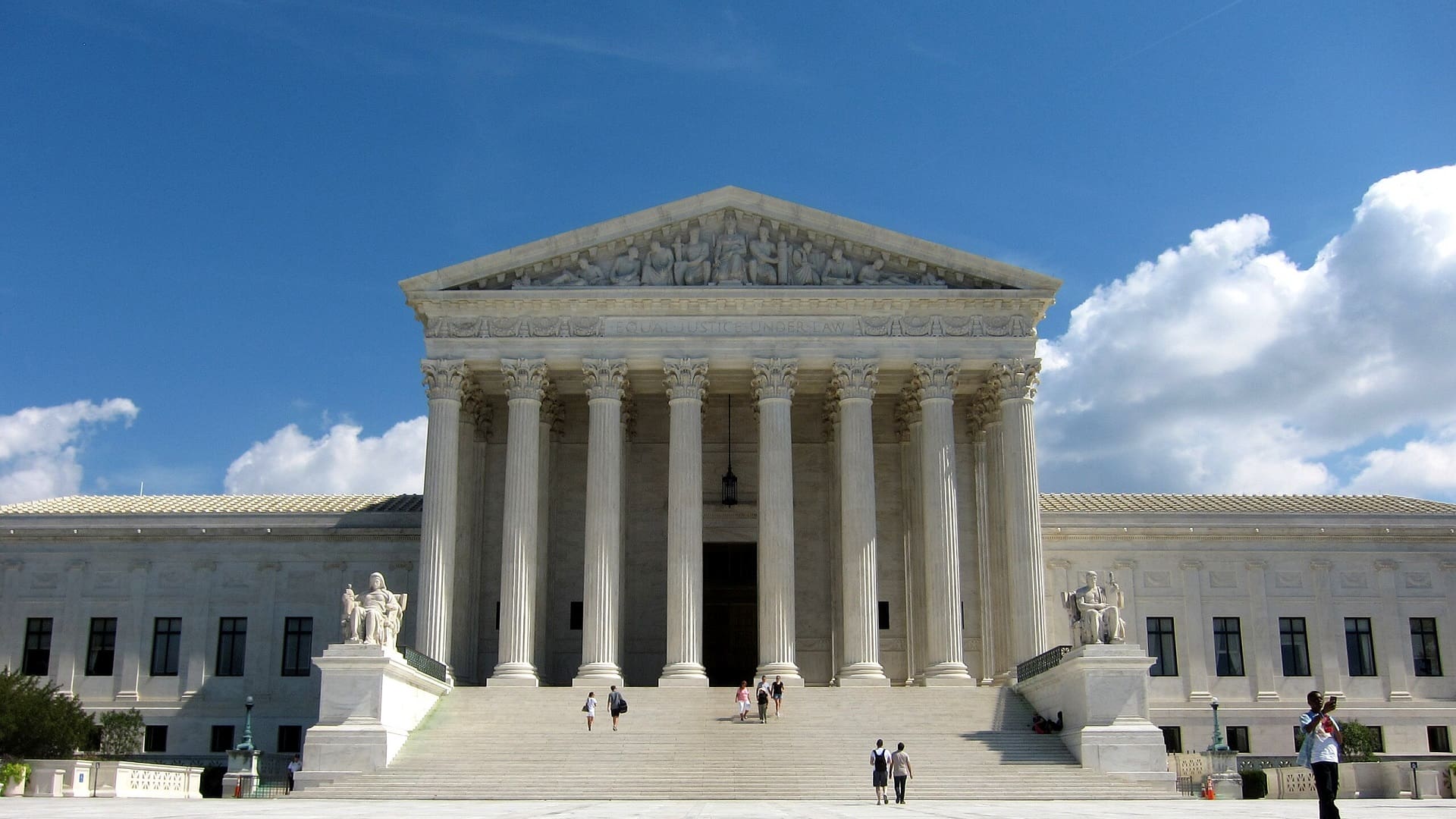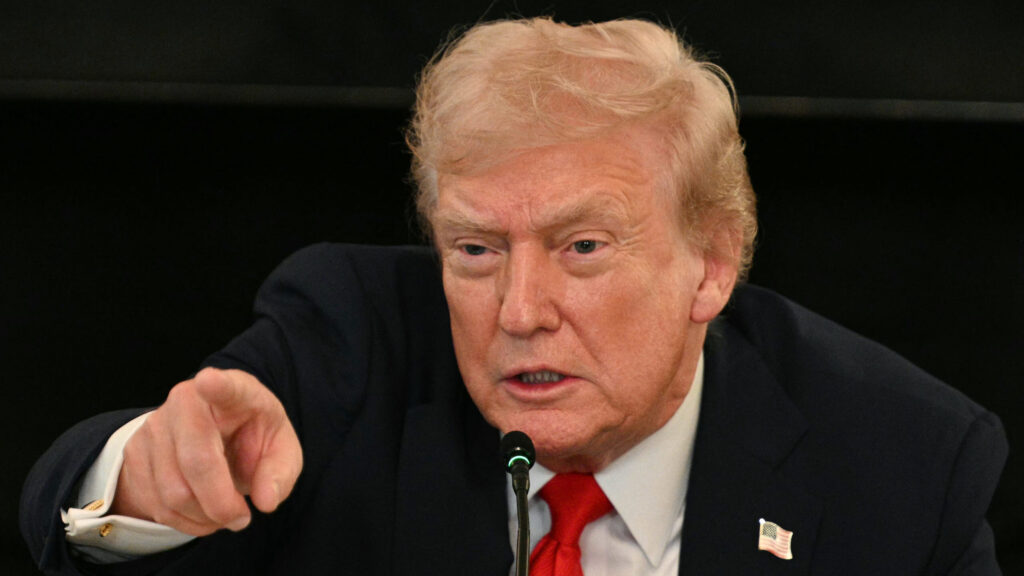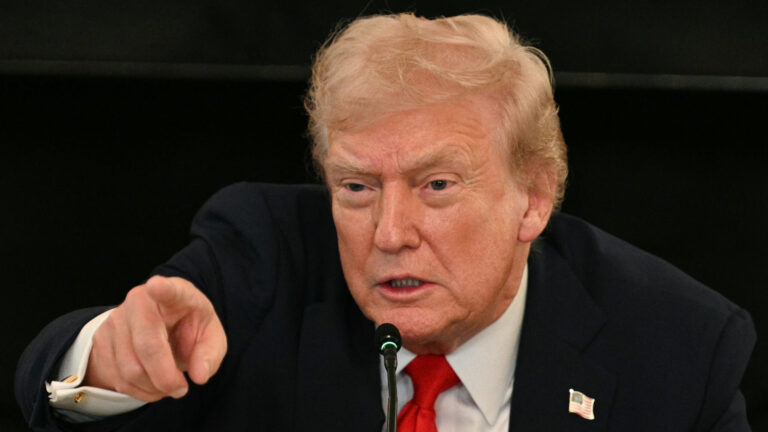Republicans felt confident coming into President Trump’s second, non-consecutive term this year. After all, they got majorities in the House and the Senate to go with the presidency. And, on top of all that, they also have a Supreme Court that is made up of six conservative judges appointed by Republican Presidents, and only three liberal judges appointed by Democrat Presidents.
In fact, President Joe Biden has repeatedly referred to the current SCOTUS bench as ‘the most conservative in American history’.
The nine justices mostly built that reputation by overturning Roe v Wade in July 2022, deciding that abortion rights are not mandated by the US Constitution. They have ruled in favour of President Trump a couple of times as well. In July 2024, the court determined that a bulk of the actions he took leading up to the 6 January 2021 Capitol riots and in challenging the 2020 presidential election results were covered by presidential immunity. Earlier this year, they put an end to nationwide injunctions issued by District Court judges, which frequently got in the way of President Trump delivering on his agenda. However, the Trump admin and the SCOTUS have also clashed in his second term, such as in the case of the deportation of El Salvadorian illegal alien Kilmar García.
It seems there is another confrontation coming up on the horizon.
The Supreme Court will hear oral argument in Learning Resources, Inc v Trump on 5 November, a consolidated case in which a number of businesses challenged the legality of the tariffs issued by President Trump in his second term. The POTUS put those levies in place via executive orders and with no approval from Congress, appealing to the International Emergency Economic Powers Act (IEEPA).
The IEEPA was enacted in 1977, and thus far has survived constitutional challenges. However, neither of those Supreme Court cases had to do with tariffs, rather, with the freezing of assets. The main argument on the plaintiffs’ side is that the US Constitution gives Congress the exclusive power to levy taxes. Article I, Section 8 states: ‘The Congress shall have Power To lay and collect Taxes, Duties, Imposts and Excises, to pay the Debts and provide for the common Defence and general Welfare of the United States; but all Duties, Imposts and Excises shall be uniform throughout the United States.’
In contrast, President Trump’s legal counsel argues that the large trade deficits with other countries constitute a national emergency, which warrants the issuing of reciprocity tariffs through the IEEPA. The case certainly piqued President Trump’s interest, so much so that he stated he is considering becoming the first President ever to attend a session of oral arguments in front of the highest court.
Here’s the problem for the Trump team: the thing about conservative judges is that they do not like executive overreach. They tend to stick with a more restrictive interpretation of the Constitution.
It is an undeniable fact that historically, it was Congress that decided on tariff rates, not the President unilaterally. This even led to a common misconception: people tend to believe that the so-called ‘McKinley Tariff’ was issued during the presidency of 25th President William McKinley (1897–1901). In reality, they were enacted in 1890, when McKinley was serving as the Chairman of the Ways and Means Committee in the House of Representatives, under President Benjamin Harrison.
Judicial analysts expect this case to go against President Trump. However, the SCOTUS will likely be considerate of the economic impact of such a decision—the second Trump administration has made about a dozen trade deals with other countries on the basis of tariff rates set by executive orders.
What Chief Justice Roberts’ court can do is issue a long stay after handing down the ruling, in order to allow time to have those trade deals renegotiated. Also, taking their time before the final ruling would benefit the Trump administration, and the markets as well.
‘What Chief Justice Roberts’ court can do is issue a long stay after handing down the ruling, in order to allow time to have those trade deals renegotiated’
Such a move would be very similar to that issued by a Federal Appeals Court, which ruled against the Trump administration in this case, but also issued a stay on the judgment until 14 October, in order to allow time for an appeal to the Supreme Court. The Supreme Court ought to do the same to protect Americans from some major losses in the stock market.
Related articles:







